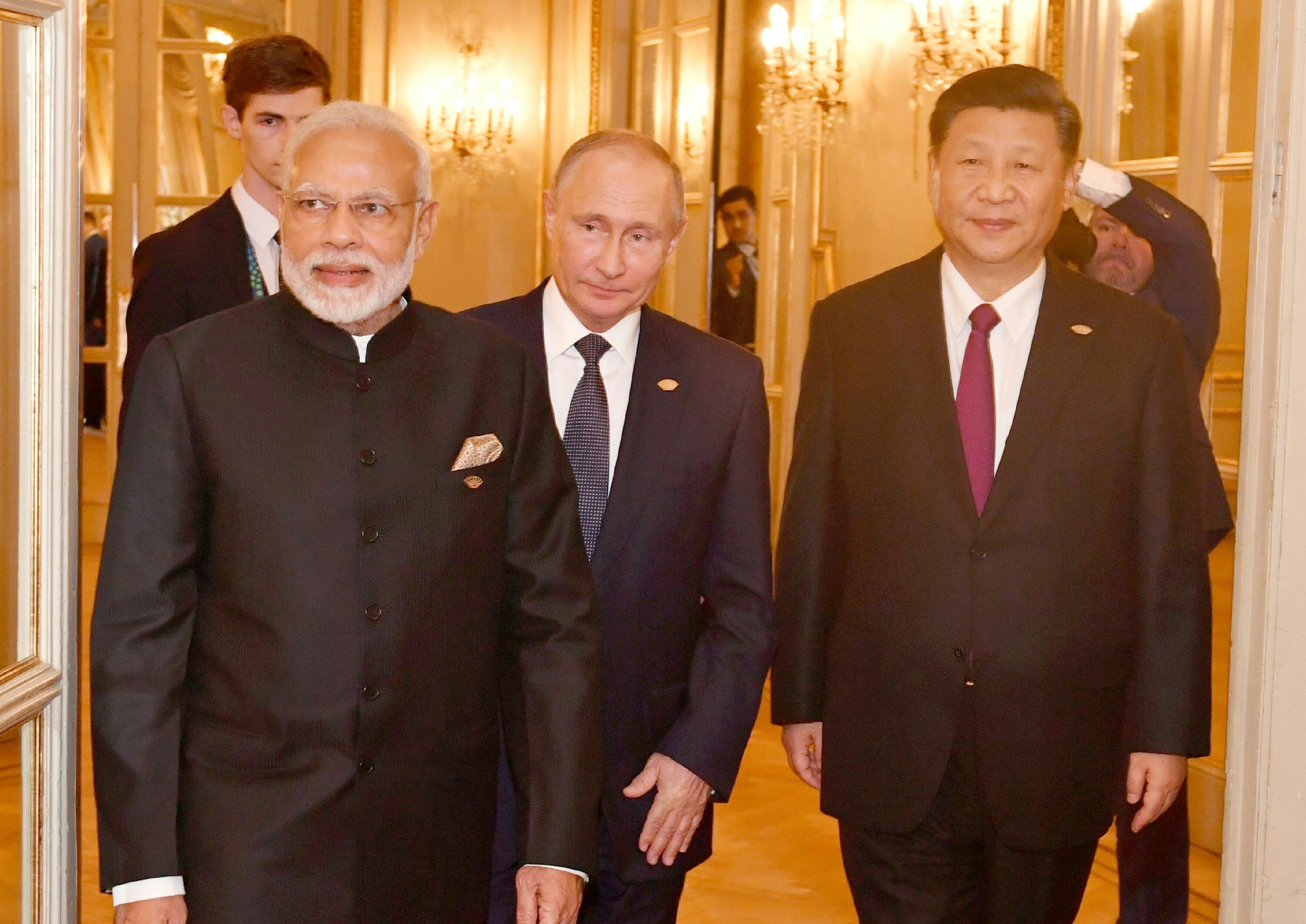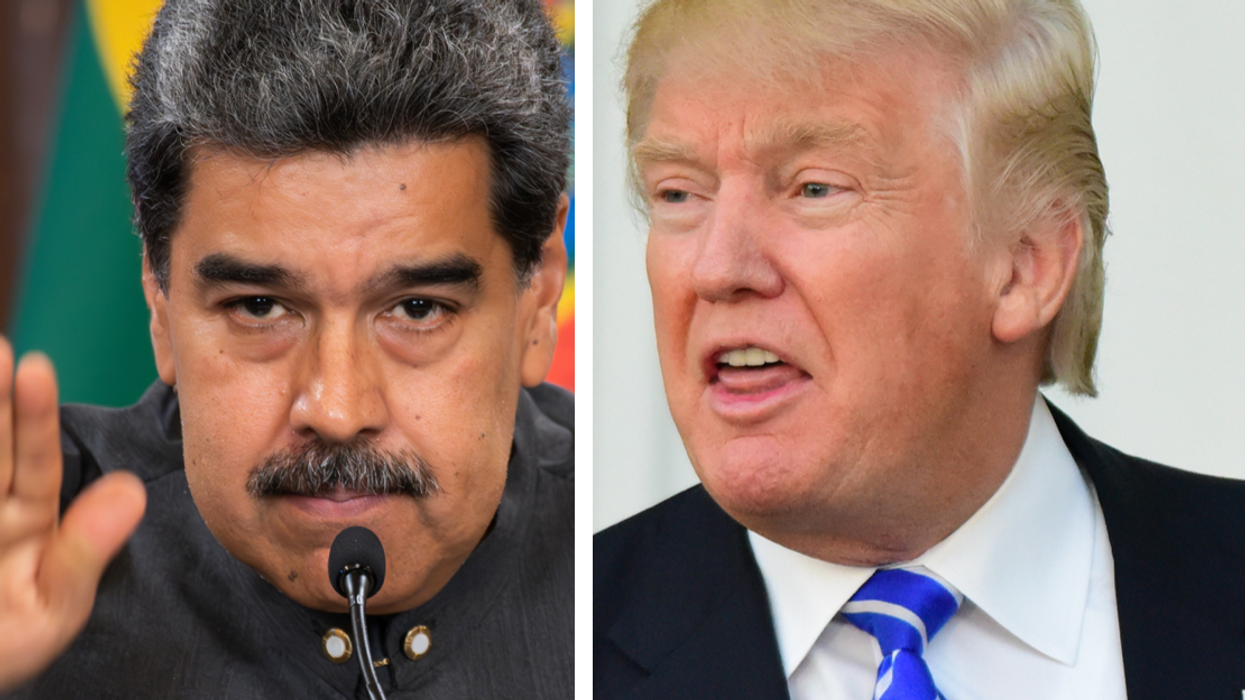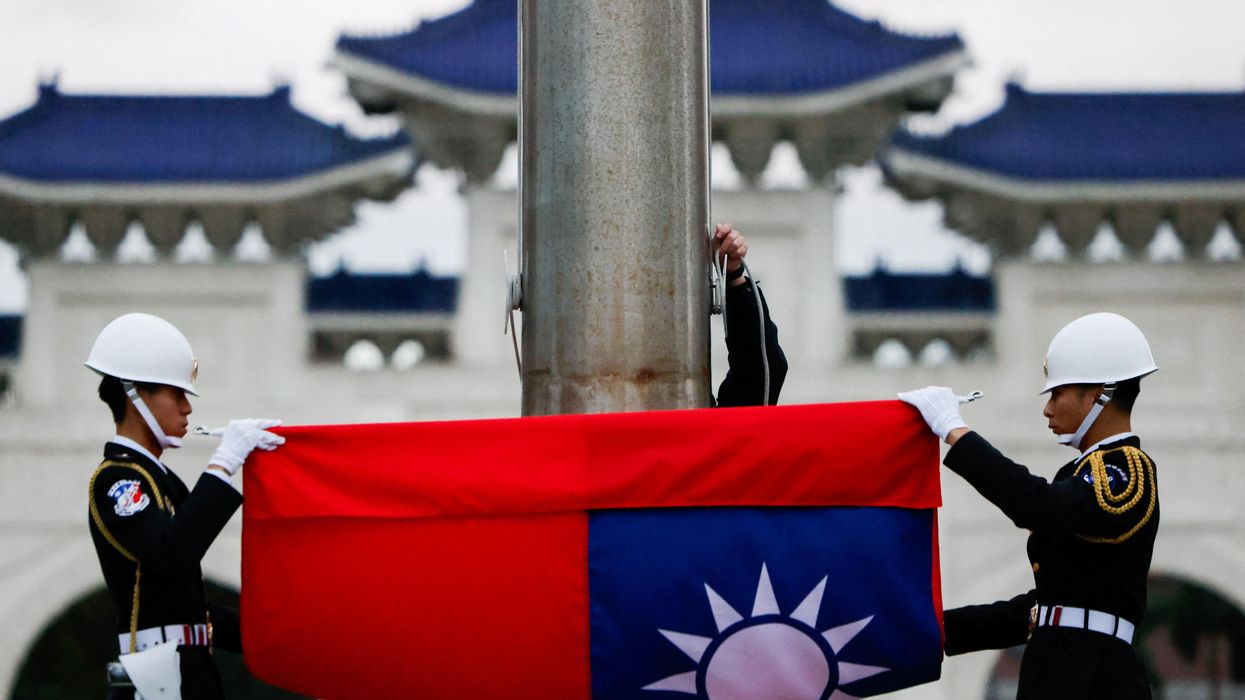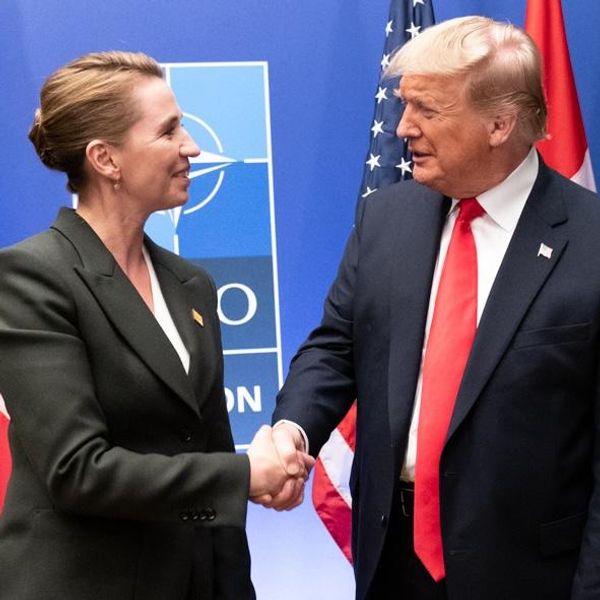Western countries have asserted since the beginning of hostilities in Ukraine that they would use sanctions as a critical tool to suppress Russia’s economy and sever its ability to trade with the rest of the world.
They have kept their promise by continually adding to the number of sanctions as Russia’s war in Ukraine has stretched into it second year.
As of January 2024, the Russian Federation was subject to over 28,000 sanctions and the majority of these occurred after Russia’s invasion of Ukraine in February 2022. Approximately 16,000 of these sanctions were imposed against individuals, while nearly 10,000 were imposed against companies and 3,200 against institutions.
Additionally, there have been sectoral sanctions such as general trade embargoes on gas and oil. The EU and the U.S. have imposed most of these but countries like Japan, South Korea and Switzerland have also participated. While these sanctions intended to hamper Russia’s war effort and foment domestic economic and political instability, most have not achieved these objectives. Russia has maintained its military activities in Ukraine while recent IMF forecasts predict growth of 2.6 percent in 2024 — at a time when many EU countries are heading toward recession amidst significant political uncertainty in 2024 — a pivotal election year in many Western democracies.
Perhaps the greatest achievement has been reinforcing Russia’s trade pivot to the East and the Global South and away from the European Union. As a result, Russia's trade turnover reached $530.2 billion in the first nine months of 2023. Exports reached $316.9 billion, while imports reached $213.3 billion. Russian exports to Asian countries reached $226.6 billion, an increase of 10.3% year on year, while imports amounted to $139.7 billion, increasing 39.5%.
China accounted for $105 billion during the same time period compared to $78 billion for all of 2021. And Chinese imports of fuels were $52.7 billion in 2021 compared to $77.0 billion in the first nine months of 2023. China comprised $81.8 billion in imports to Russia (almost 40%) in the first nine months of 2023 while imports were 54.5 billion in all of 2021.
During that same time, Russia’s exports to India were $52 billion versus $8 billion for 2021. Indian imports of Russian fuel increased from $4 billion in all of 2021 to $46 billion during the first nine months of 2023.
In contrast, Russian exports to the EU were $47 billion in the first nine months of 2023, a significant decrease from $192.8 billion in all of 2021. Russian imports from the EU sunk below $32 billion in the first nine months in 2023 from $81 billion just 21 months earlier. Fuel imports from Russia to the EU collapsed from $120 billion in 2021 to less than $27 billion in the first 9 months of 2023. Lastly, sanctions greatly reduced the share of imports from Russia from 28% in 2021 to 3% in 2023.
Building a new trade framework
The trade numbers clearly depict the momentous redirection in Russian trade flows during the nearly two years since Russia’s invasion of Ukraine. But they don’t reflect the geopolitical activities underpinning this seismic change nor do they indicate recent initiatives that the Russian government has undertaken to solidify the direction of trade. In this respect, Russia has actively engaged in a wide array of diplomatic activities, ranging from bilateral talks with countries like India and Iran to efforts to expand the membership and geopolitical reach of the BRICS and the Eurasian Economic Union (EEU).
Late last year, India’s Foreign Minister Subrahmanyam Jaishankar and Russian Foreign Minister Sergei Lavrov met in Moscow to discuss issues concerning the usual political, defense, and cultural partnerships. They also discussed more seriously, economic cooperation issues intended to buttress the strong growth in Russia-India trade that has occurred since 2022.
The focus of these economic discussions centered on logistics, particularly those related to the establishment of the North-South International Transport Corridor (INSTC). All three segments of the corridor are now functional. These include the Western route (Russia-Azerbaijan-Iran-India), the Middle route (Russia-Iran-India) and the Eastern route (Russia-Central Asia-Iran-India).
Russia hopes the increased use of the corridor will improve the infrastructure in Caspian ports and the ability to improve the status of Astrakhan and Makhachkala as transport hubs. Now that the Vladivostok-Chennai Sea route or Eastern Maritime Corridor (EMC) is also operational, India and Russia will have a realistic opportunity to elevate economic cooperation going forward and this will only bolster bilateral relations.
The corridor is beneficial to India as well, both economically and geopolitically. It reflects the Indian elite’s desire for viable alternatives to China’s Belt and Road Initiative (BRI). India is also confident the corridor will provide greater access to Central Asia bypassing Pakistan and continue to strengthen its economic ties with Iran and Russia.
Another way that Russia is seeking to enhance regional trade is through the EEU. On December 25, EEU leaders met and signed an agreement with Iran. The agreement marked the end of two years of negotiations and will come into force after the ratification by the national parliaments. The Iran-EEU Free Trade Agreement eliminates tariffs of 87% of traded goods between the parties. It represents Iran’s most extensive trade deal to date and it’s an important deal for Russia as it solidifies another trade partner and underscores its leading role in the trade group and in Central Asia’s economic development.
Finally, in January 2024 the BRICS announced the expansion of the group by five new members: Egypt, Ethiopia, Iran, Saudi Arabia and the United Arab Emirates. The new membership will increase total BRICS GDP to $28.5 trillion or 28.1% of global output, compared to the G7 countries’ 43.2% of global output.
While the expansion of BRICS is notable from an economic perspective, it’s more meaningful in a geopolitical context. The addition of Middle Eastern and more African countries gives the group a larger presence along key shipping and trade routes. It also increases the BRICS share of global oil production to 43% and 25% of exports. It’s also important to note that BRICS accounts for 72% of global rare earth elements, which are key to high-tech weapons and consumer goods, including circuit boards and mobile phones.
While many in the West only pay attention to the rhetoric about Russia’s weak and collapsing economy and its economic isolation, Western policymakers need to follow closely Russia’s continued initiatives in the geopolitical sphere. Russia’s economic engagement may be complicated due to the joining of some difficult geopolitical realities, but the evolving framework has the potential to disrupt the traditional “rules-based global order” if not undermine it.
Therefore, a policy of constructive and unrestricted engagement in trade and economic relations on a global scale needs to be a key tool of commercial diplomacy for Western policymakers going forward. This would include greater restraint from the heavy-handed sanctions policies that only reduce Western access to key goods and lead to higher global inflation, the brunt of which is borne by the middle- and lower-class consumer.
- We were promised 'economic shock and awe' against Russia ›
- Why US-led sanctions on Russia are a failure ›
- Shifting goals cloud utility of sanctions on Russia | Responsible Statecraft ›
- Why sanctions on Russia are literally backfiring | Responsible Statecraft ›
















